Filter by
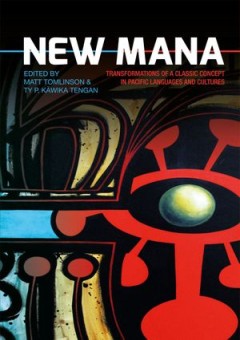
New Mana: Transformations of a Classic Concept in Pacific Languages and Cultures
Mana’, a term denoting spiritual power, is found in many Pacific Islands languages. In recent decades, the term has been taken up in New Age movements and online fantasy gaming. In this book, 16 contributors examine mana through ethnographic, linguistic, and historical lenses to understand its transformations in past and present. The authors consider a range of contexts including Indigenous s…
- Edition
- -
- ISBN/ISSN
- 9781760460075
- Collation
- -
- Series Title
- -
- Call Number
- 400 TEN n
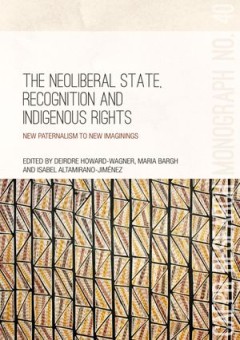
The Neoliberal State, Recognition and Indigenous Rights: New paternalism to n…
The impact of neoliberal governance on indigenous peoples in liberal settler states may be both enabling and constraining. This book is distinctive in drawing comparisons between three such states—Australia, Canada and New Zealand. In a series of empirically grounded, interpretive micro-studies, it draws out a shared policy coherence, but also exposes idiosyncrasies in the operational dynamic…
- Edition
- -
- ISBN/ISSN
- -
- Collation
- -
- Series Title
- -
- Call Number
- 994 NEO n

The Hmong of Australia : Culture and Diaspora
The Hmong are among Australia’s newest immigrant populations. They came as refugees from Laos after the communist revolution of 1975 ended their life there as highland shifting cultivators. The Hmong originate from southern China where many still remain, and others live in Vietnam, Thailand and Burma. Hmong refugees are now also settled in the USA, Canada, France, Germany and French Guyana. A…
- Edition
- -
- ISBN/ISSN
- 9781921666957
- Collation
- -
- Series Title
- -
- Call Number
- 305.895 942 094 HMO
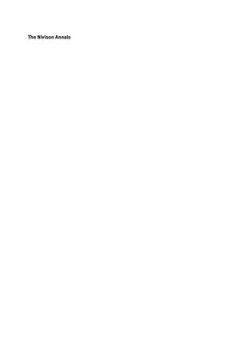
The Nivison Annals
In his last essay just weeks before his death at the age of 91, David S. Nivison says, "Breaking into a formal system - such as a chronology - must be like breaking into a code. If you are successful, success will show right off." Since the late 1970's Nivison has focused his scholarship on breaking the code of Three Dynasties (Xia, Shang, Zhou) chronology by establishing an innovative methodol…
- Edition
- -
- ISBN/ISSN
- 9781501505393
- Collation
- -
- Series Title
- -
- Call Number
- -
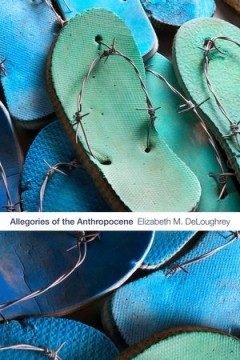
Allegories of the Anthropocene
In Allegories of the Anthropocene Elizabeth M. DeLoughrey traces how indigenous and postcolonial peoples in the Caribbean and Pacific Islands grapple with the enormity of colonialism and anthropogenic climate change through art, poetry, and literature. In these works, authors and artists use allegory as a means to understand the multiscalar complexities of the Anthropocene and to critique the v…
- Edition
- -
- ISBN/ISSN
- 9781478004103
- Collation
- -
- Series Title
- -
- Call Number
- -
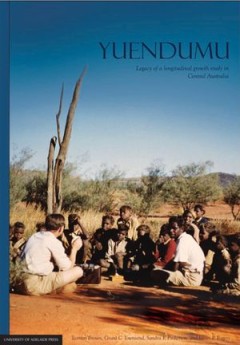
Yuendumu: Legacy of a Longitudinal Growth Study in Central Australia
This book provides a comprehensive account of a unique pioneering longitudinal study of human growth that continues to contribute to our knowledge and raise new questions 60 years after it commenced. Although over 200 scientific publications have arisen from the study, this book describes, in a single volume, the key researchers involved, the Australian Aboriginal people from Yuendumu who parti…
- Edition
- -
- ISBN/ISSN
- 9780987073006
- Collation
- -
- Series Title
- -
- Call Number
- 993 YUE y
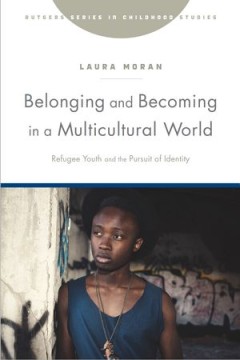
Belonging and Becoming in a Multicultural World : Refugee Youth and the Pursu…
Children and youth are front and center in the context of global mass migration and the social discord around questions of multicultural inclusion that it often ignites. It is young people at the forefront of navigating the complexities of cultural and ethnic diversity in their everyday lives. Imprecise portrayals of their inclination to either embrace diversity or to incite racism are used to …
- Edition
- -
- ISBN/ISSN
- 9781978803077
- Collation
- -
- Series Title
- Rutgers series in childhood studies
- Call Number
- 305.235 086 MOR b
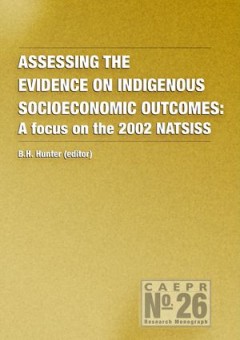
Assessing the evidence on Indigenous socioeconomic outcomes : A focus on the…
This monograph presents the refereed, and peer-reviewed, edited proceedingsof the conference on Indigenous Socioeconomic Outcomes: Assessing RecentEvidence. The conference was organised by the Centre for Aboriginal EconomicPolicy Research and held at the Shine Dome, the Australian National University(ANU) in Canberra on 11 and 12 August 2005. The conference aimed to presentthe latest …
- Edition
- -
- ISBN/ISSN
- 9209426 4 5
- Collation
- -
- Series Title
- Research monograph (Australian National University. Centre for Aboriginal Economic Policy Research)
- Call Number
- 362.849 915 ASS

A Doctor Across Borders : Raphael Cilento and public health from empire to th…
In his day, Raphael Cilento was one of the most prominent and controversial figures in Australian medicine. As a senior medical officer in the Commonwealth and Queensland governments, he was an active participant in public health reform during the inter-war years and is best known for his vocal engagement with public discourse on the relationship between hygiene, race and Australian nationhood.…
- Edition
- -
- ISBN/ISSN
- 9781760462642
- Collation
- -
- Series Title
- -
- Call Number
- -
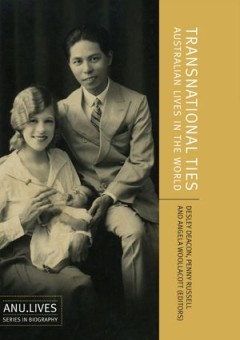
Transnational Ties : Australian Lives in the World
Australian lives are intricately enmeshed with the world, bound by ties of allegiance and affinity, intellect and imagination. In Transnational Ties: Australian Lives in the World, an eclectic mix of scholars—historians, literary critics, and museologists—trace the flow of people that helped shape Australia’s distinctive character and the flow of ideas that connected Australians to a glob…
- Edition
- -
- ISBN/ISSN
- 9781921536212
- Collation
- -
- Series Title
- ANU Lives
- Call Number
- 306.409 94 TRA
 Computer Science, Information & General Works
Computer Science, Information & General Works  Philosophy & Psychology
Philosophy & Psychology  Religion
Religion  Social Sciences
Social Sciences  Language
Language  Pure Science
Pure Science  Applied Sciences
Applied Sciences  Art & Recreation
Art & Recreation  Literature
Literature  History & Geography
History & Geography